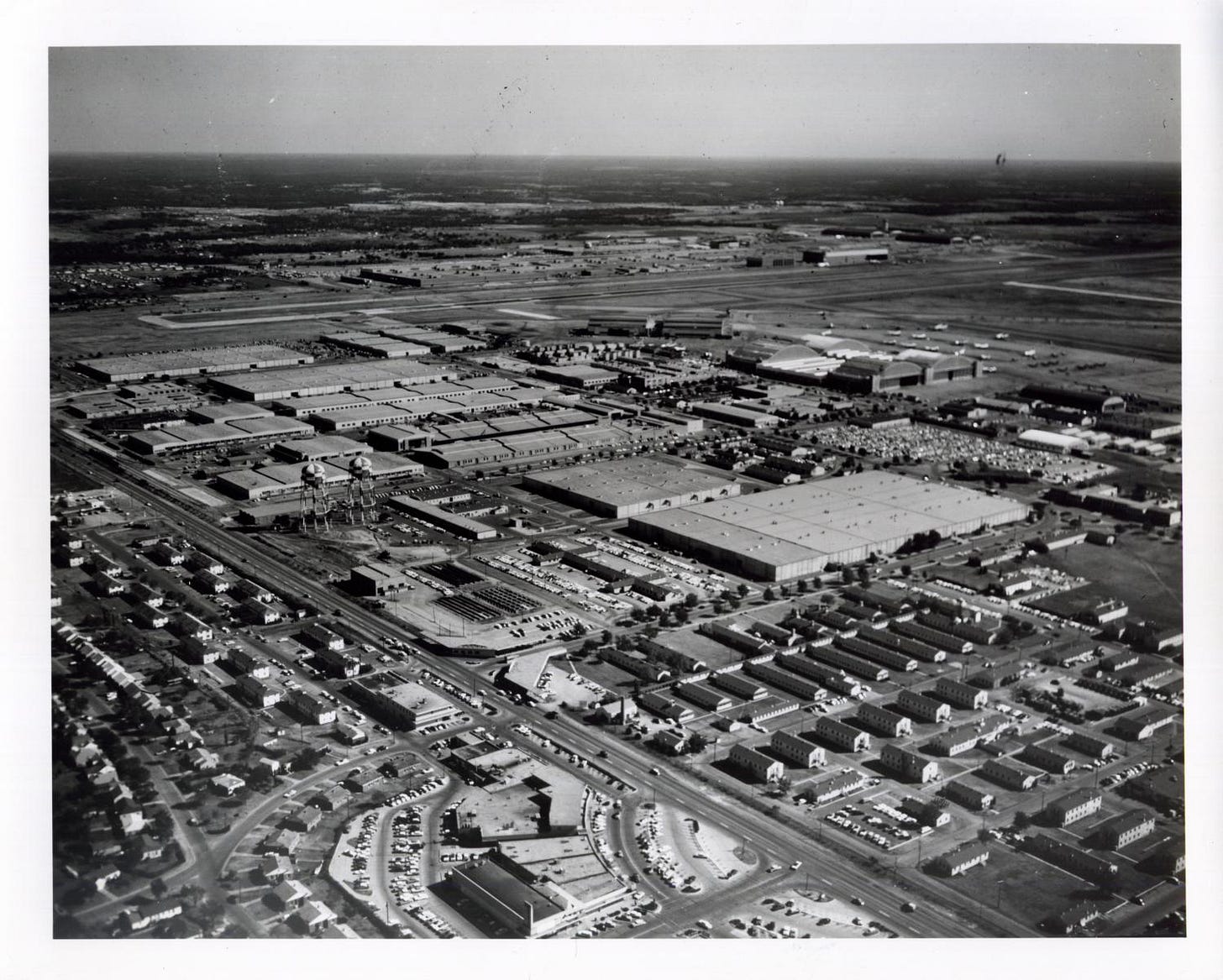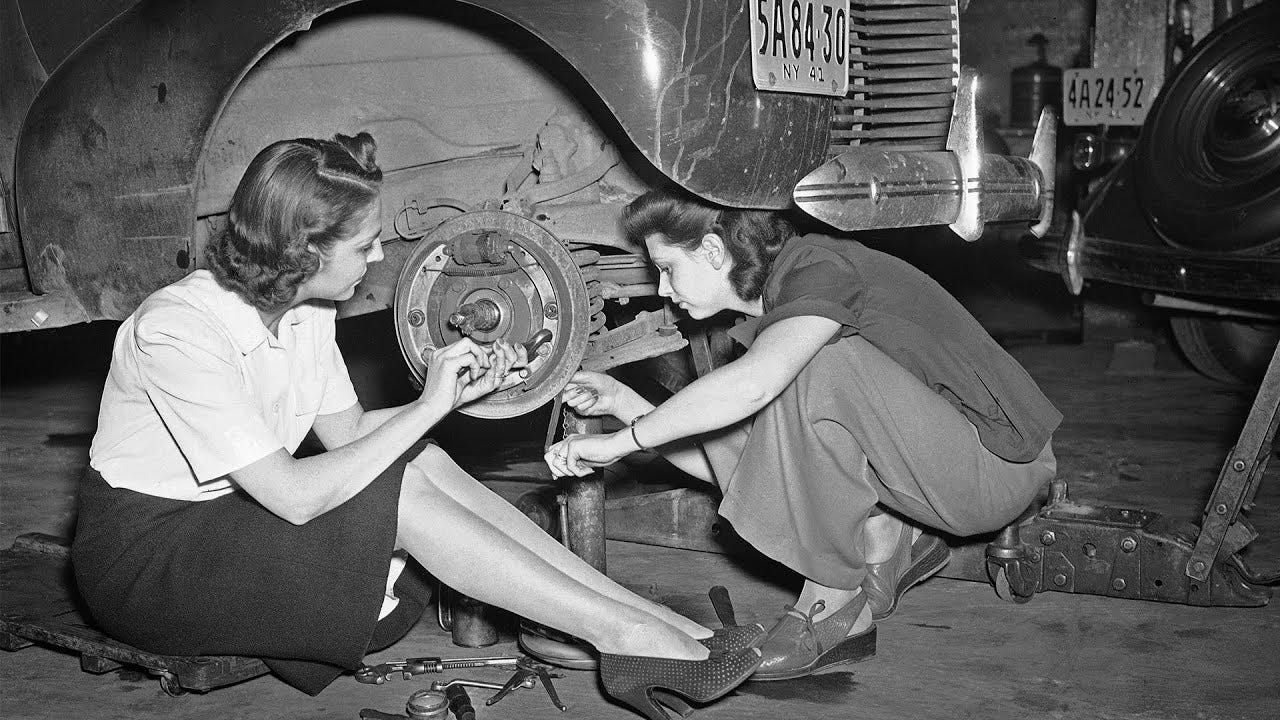Route 66: An Unusual "Hero" of WW2
This famous US highway played a direct role in the domestic war effort by facilitating logistics, troop movements, and economic shifts from the US's industrial eastern hubs to the west and south-west.
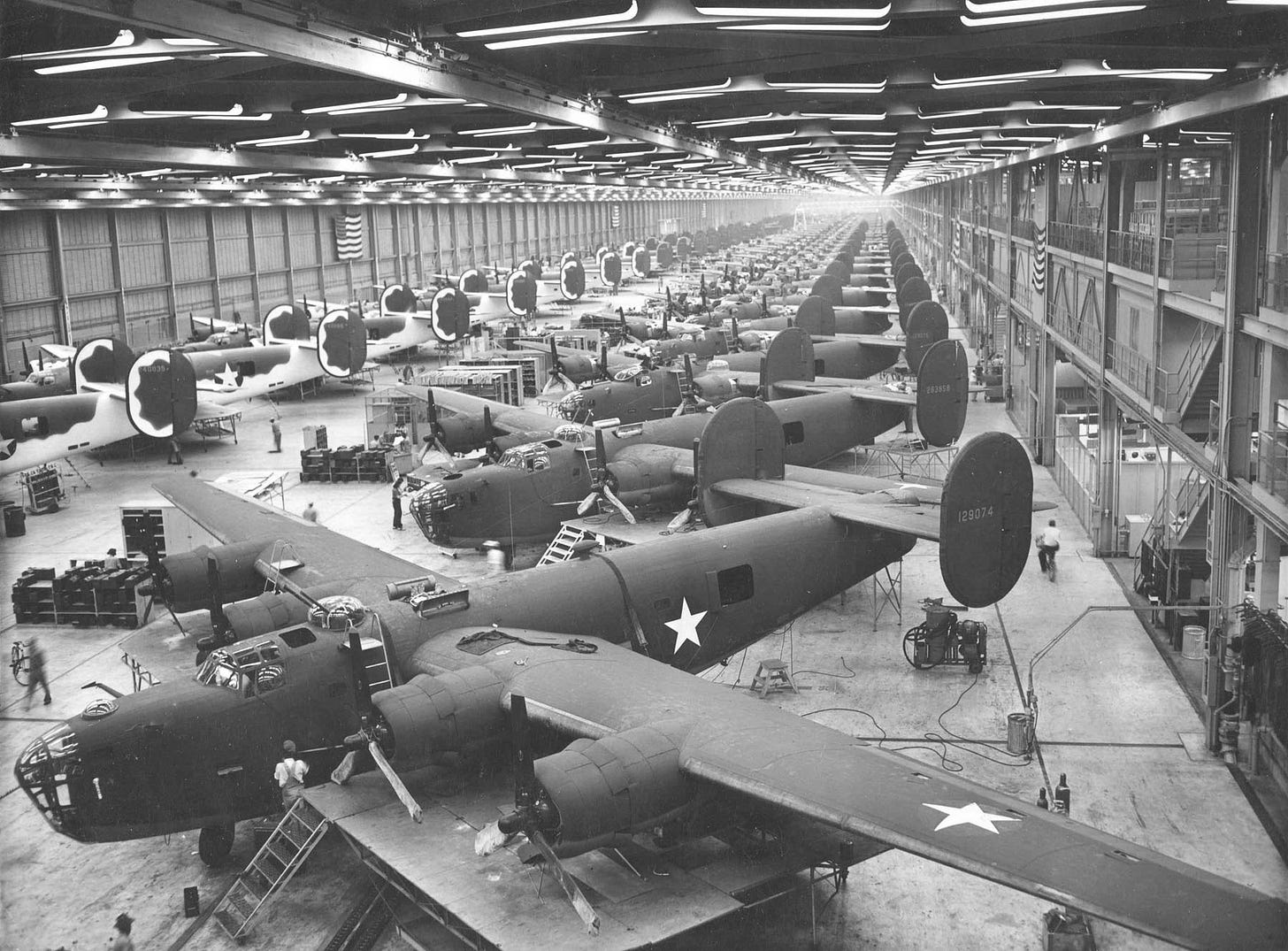
The westward migration that had begun during the Dust Bowl era continued as people moved to cities with defense contracts, including Los Angeles, San Diego, and Phoenix.
A Key Transport Corridor in World War II: Route 66, stretching from Chicago to Santa Monica, played an important role during World War II as a transport corridor for military personnel, equipment, and wartime industries. The highway supported the war effort by facilitating logistics, troop movements, and economic shifts across the United States.
Military Mobilization and Transport: When the United States entered World War II in 1941, Route 66 became a key route for military transport. Training bases were established along its path, particularly in the Southwest, where the climate allowed for year-round training. Fort Leonard Wood in Missouri and Camp Hood in Texas, along with multiple airfields in California and Arizona, depended on the highway for the transportation of supplies, equipment, and personnel. Military convoys used Route 66 to move ammunition, tanks, and aircraft components to bases and coastal ports.
The highway also served as a transit route for troops. Soldiers from the Midwest and East traveled westward to training facilities via buses and personal vehicles. Families often gathered at roadside stops along the highway to say goodbye to departing service members.
Industrial Production and Economic Changes: As factories shifted to wartime production, Route 66 became a major supply route for raw materials such as steel, rubber, and oil. Many defense industries relocated westward, particularly aircraft manufacturing in California. Companies like Lockheed and Douglas relied on the highway to receive necessary components for airplane production.
Smaller towns along Route 66 saw population growth due to war-related employment. Cities such as Oklahoma City, Albuquerque, and Flagstaff attracted workers, including women entering the workforce in defense plants. The demand for transportation, housing, and basic services increased in these regions.
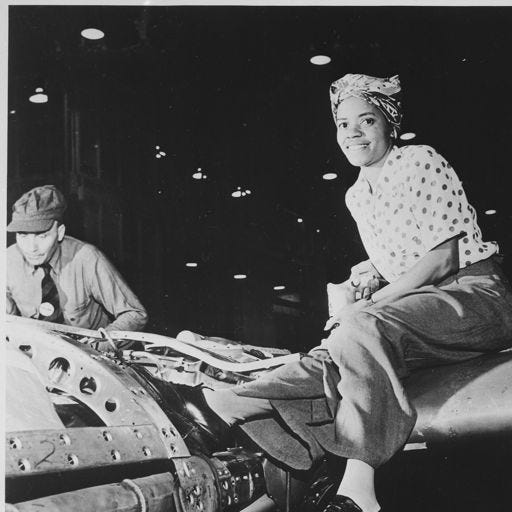
Population Migration and Infrastructure Strain: Route 66 also served as a route for families seeking employment in war industries. The westward migration that had begun during the Dust Bowl era continued as people moved to cities with defense contracts, including Los Angeles, San Diego, and Phoenix.
However, the increase in travelers put pressure on local infrastructure. Gasoline rationing and tire shortages made travel difficult, and lodging facilities struggled to accommodate the influx of workers and soldiers. Roadside businesses adapted to meet the needs of wartime travelers, offering meals and services despite supply limitations.
Post-War Effects and Route 66’s Role in History: By 1945, Route 66 had played a significant role in the U.S. war effort. It supported military logistics, industrial expansion, and civilian migration. The highway’s use during the war contributed to its post-war growth, as the government invested in improved roadways to support future economic expansion.
Today, remnants of Route 66’s wartime history remain, including former military installations, decommissioned airfields, and vintage service stations. Although largely replaced by modern interstates, the highway is recognized for its role in wartime transportation and economic development.
Route 66 functioned as an essential transport corridor during World War II, connecting military bases, industries, and civilian populations. Its impact on the war effort helped shape subsequent infrastructure development and migration patterns in the United States.
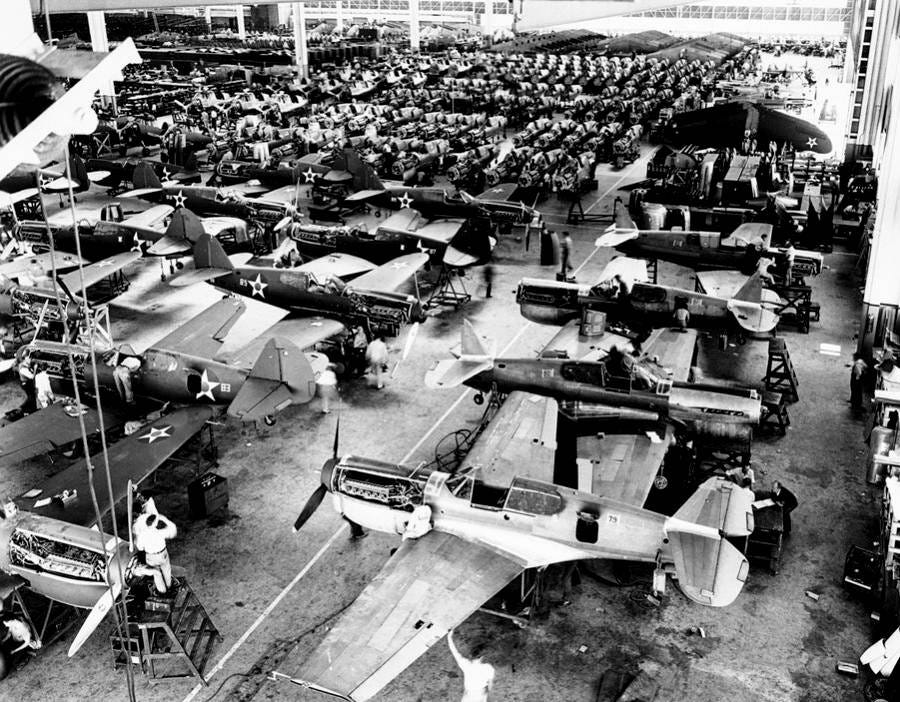
Ten Key Factors of the “Route 66 War Effort” and Legacy
Military Transport – The highway was used to move troops, supplies, and equipment between military bases and coastal ports.
Training Facility Access – Numerous military bases in the Southwest, such as Fort Leonard Wood and Camp Hood, relied on Route 66 for transportation.
Industrial Supply Chain – Route 66 served as a major artery for raw materials like steel, rubber, and oil to support wartime production.
Aircraft Manufacturing – Defense industries, including Lockheed and Douglas, depended on the highway for transporting aircraft parts to California plants.
Economic Shifts – Small towns along Route 66 experienced population growth as people relocated for war-related jobs.
Women in the Workforce – Many women traveled via Route 66 to join the defense industry, supporting wartime production.
Migration for Employment – The highway facilitated westward migration as families sought work in wartime industries in cities like Los Angeles and Phoenix.
Infrastructure Strain – Gasoline rationing, tire shortages, and increased travel put pressure on businesses and lodging facilities along the route.
Post-War Expansion – The highway’s wartime significance led to infrastructure investments that contributed to economic growth after the war.
Historical Legacy – Today, remnants of military installations, airfields, and war-era service stations serve as reminders of Route 66’s role in World War II.





